A cement road overgrown with greenery leads steeply up to the abandoned vineyards on the Small Carpathian foothills above Bratislava. Besides a magnificent view of the city, there is a ghostly place at its very end – the abandoned Rössler quarry. The stone mined until the middle of the last century was used for the production of cobblestones, footstones and milestones. Today, the remnants of the mining structures recall its industrial past. Since 1990 the quarry has been a protected natural monument due to its valuable geology. The local stone is rich in light and dark stove glass.
Rössler quarry is just one of the more than 50 attractive places depicted on the Map of Good and Interesting Places in Bratislava’s Borough of Nové Mesto. After the Bratislava Fashion Map and the map of industrial monuments in Bratislava, this is another contribution to better knowledge of the Slovak capital.
Unknown Nové Mesto
“For many, Nové Mesto is just a scene set flanking the Vajnorská and Račianska roads leading out of the city,” said Matúš Čupka, the young activist and founder of the Green Patrol, who published the map. He lives with family in this borough. In the autumn election he plans to run for its mayor. Through the map, he wants to support the relationship of the locals to this borough as well as present local attractions.
Nové Mesto borough
Comprises the northeastern part of Bratislava
37.5 km2 in size, the forests of the Small Carpathians making up almost half of its area
Has about 44,000 citizens
Behind the obscurity of this relatively large part of Bratislava he sees a lack of something distinctive people could associate with it. This is also because it was created as a more or less artificial unit when the city was divided into 17 boroughs in 1990 and not as, for example Rača or Vajnory, which were first separate villages and only later became part of Bratislava.
Čupka sees three main features typical for Nové Mesto. The first one is the winemaking and vineyards over the Small Carpathian foothills.
“This is something that really has a tradition here, and for many centuries it has formed the upper part of Nové Mesto,” Čupka told The Slovak Spectator.
The second is industry and industrialisation, which has left a very significant trace. There used to be one of the largest and most interesting factories in Bratislava, like the Dynamit Nobel factory, later Istrochem, the Siemens factory on Račianska Street, and the Stollwerck chocolate factory. The latter functions to this day, albeit under a different name.
The third distinct feature is the local mix of residential structures - from buildings such as apartments blocks from the turn of the 19th and 20th centuries on Osadná Street, via inter-war architecture represented mainly by apartments blocks such as UNITAS and Nová Doba, to communist architecture such as the Februárka and Dimitrovka housing estates.
“In Nové Mesto it is possible to experience how the housing has evolved from the beginning of the 20th century to the present,” said Čupka.
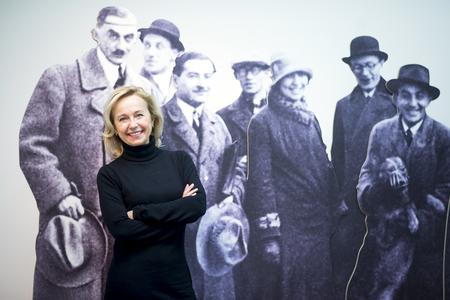
55 attractions
In the beginning, Čupka was afraid as to whether he and his colleagues would find enough interesting places for the map. In the end they found so many that they had to make a strict selection.
When choosing which place to put on the map they tried to select places that are not universally known but also iconic landmarks, which however, only few people associated with Nové Mesto. One was the TV tower on Kamzík Hill.
“It was crucial to find an interesting mix of things to put on the map so that there would be iconic buildings, natural attractions, and works of art, everyone finding something on the map that might interest him or her,” said Čupka.
Apart from the TV tower, with its height of 194 metres the tallest building in the city, those more known landmarks on the map are the popular recreational resorts Železná Studnička and Kačín and the historical building of the former horse railway. The latter is also in the coat-of-arms of the borough.
Among the places interesting in terms of architecture is the Pasienky sports hall inspired by Dorton Arena in Raleigh, North Carolina, the New Market Hall or unsensitively extended Slimák (snail in English) department store. Both latter buildings were designed by architect Ivan Matušík: the market hall in the high-tech style and the department store in the style inspired by the Brussels World’s Fair Expo in 1958 known as the Brussels style.
In housing structures, the most distinctive are the iconic apartments blocks for the less privileged – UNITAS and Nová Doba (New Age) by architect Friedrich Weinwurm and Ignác Vécsei, the Mierová Kolónia and Dynamitka housing estates, as well as the abandoned villa built for the director of the Dynamit Nobel factory from 1942. The latter evoked an idyllic remote country side.
An interesting category is former industrial buildings used for purposes other than those originally intended. For example, architects Martin Kusý and Pavol Paňák converted a former water tower, built in 1907 for the Dynamit Nobel factory, into their studio. Mlynica, on the premises of a company producing construction materials, is another example of the successful conversion of industrial building. Today there are loft apartments, unconventional offices and multifunctional event spaces.
Another example of how an unused building can be adapted to new uses is a former secondary chemical school. Artists, IT experts and other creative people have turned it into a study and cultural venue after having to leave the former Cvernovka thread factory near the main bus station.
The lesser known places certainly include the already mentioned Rössler quarry awaiting conscientious revitalization. Filiálka, originally the second most important railway station in Bratislava, has also been awaiting its next life. Today it serves as the biggest unofficial dog park in Bratislava.
Sports venues
Nowhere else in Bratislava is there a higher concentration of sports venues than in Nové Mesto. In addition to the aforementioned Pasienky sports hall there is a swimming pool of the same name, the Ondrej Nepela Winter Stadium, the National Tennis Centre, the Tehelné Pole open air pool, the Inter Stadium and the national football stadium in the midst of construction.
Places that they did not squeeze into the map
What they did not manage to squeeze into the map are mainly the pieces of art scattered in the housing estates.
“We at least incorporated into the map those most interesting ones located in the Pokrok housing estate like Universe, the Sun Horse, the Girl with the Doves, and Hiroshima,” said Čupka.
Not even iconic pubs such as Patkoš or more natural attractions in the Small Carpathians made it into the map.
But Čupka does not consider the map to be a finished work.
“When someone decides to make the 2.0 map, we’ll only be glad,” said Čupka. “We are already sure no that there can be theme maps like a wine production and vineyard map, an industrial map, a map of natural attractions, or a map of works of art in Nové Mesto. This map is just an introduction to what’s worth seeing in Nové Mesto.”
In autumn they plan to launch an electronic version of the map. They also want to translate it into English and maybe Vietnamese. This is because the warehouses on Vajnorská Street, called China Town, house several stores with Asian goods and Asian restaurants.



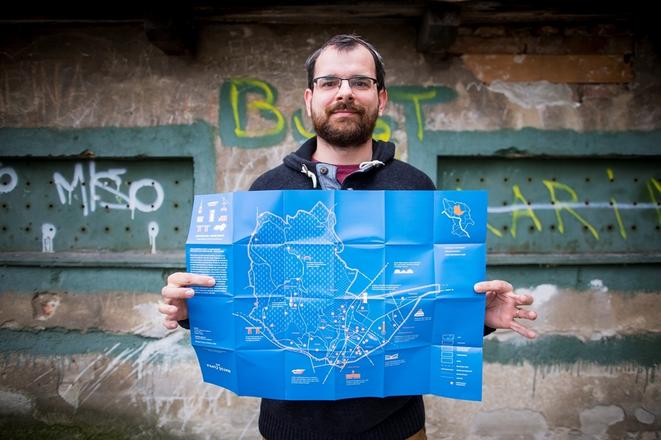 Matúš Čupka with the map. (source: Sme)
Matúš Čupka with the map. (source: Sme)
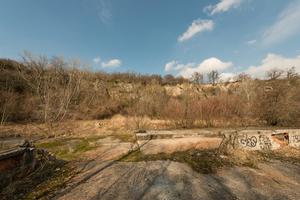
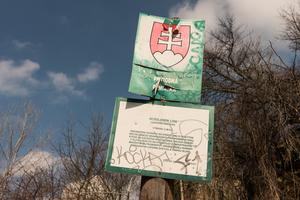
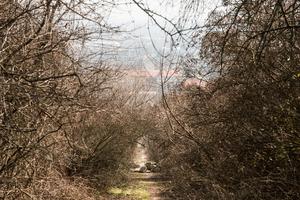
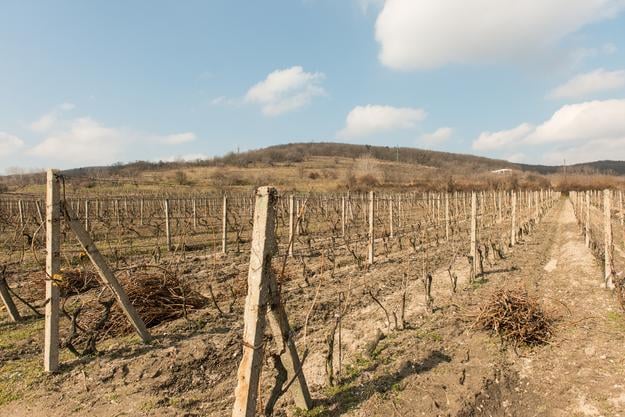 Vineyards of Nové Mesto (source: Jana Liptáková)
Vineyards of Nové Mesto (source: Jana Liptáková)
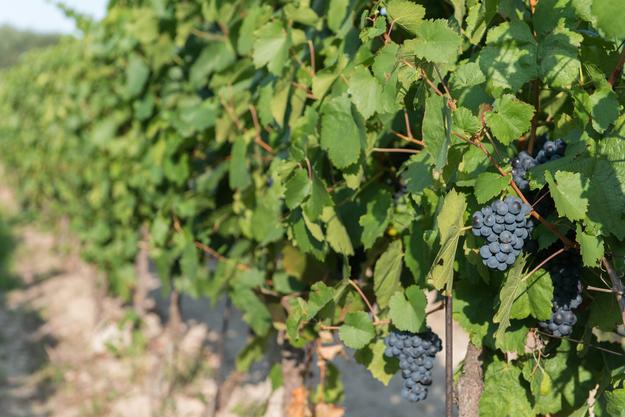 Račianska Frankovka grapes in a vineyard in Nové Mesto (source: Jana Liptáková)
Račianska Frankovka grapes in a vineyard in Nové Mesto (source: Jana Liptáková)
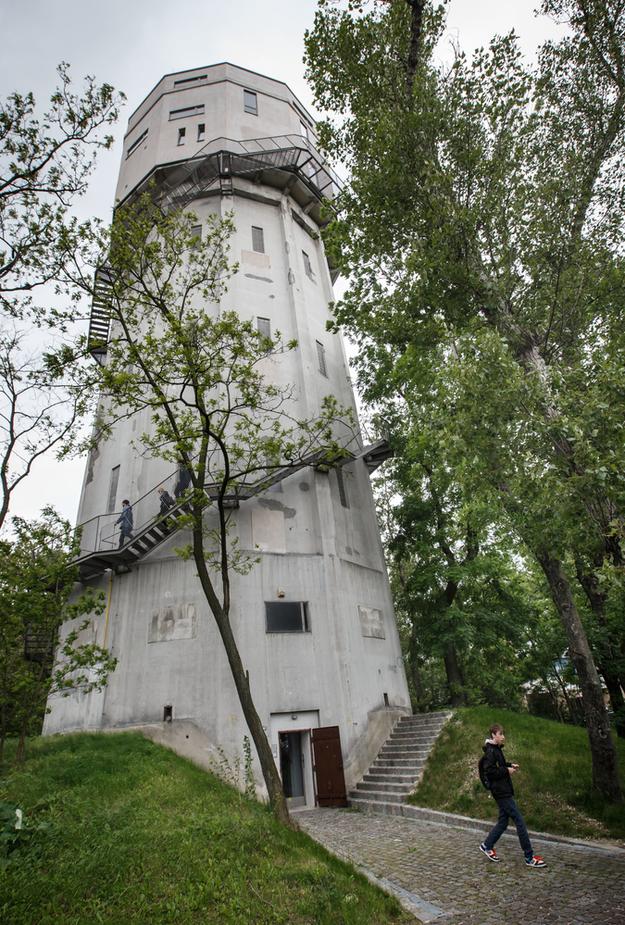 Former water tower of the chemical factory converted into an architectural studio. (source: Sme)
Former water tower of the chemical factory converted into an architectural studio. (source: Sme)
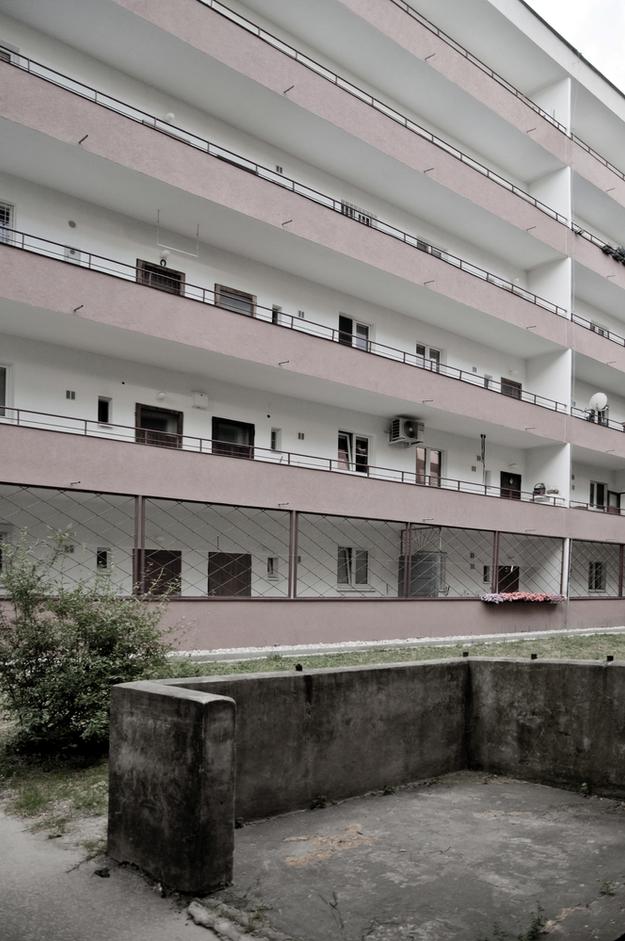 Friedrich Weinwurm – Ignác Vécsei: Housing complex Unitas, Bratislava, Šancová 21 – 63; 1930 – 1931. (source: Olja Triaška Stefanović)
Friedrich Weinwurm – Ignác Vécsei: Housing complex Unitas, Bratislava, Šancová 21 – 63; 1930 – 1931. (source: Olja Triaška Stefanović)
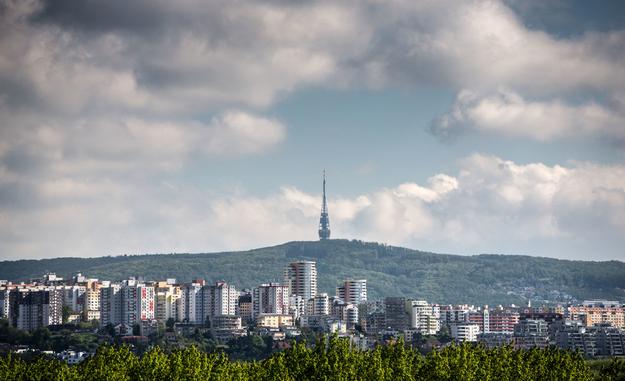 TV tower at the Kamzík hill (source: Sme)
TV tower at the Kamzík hill (source: Sme)
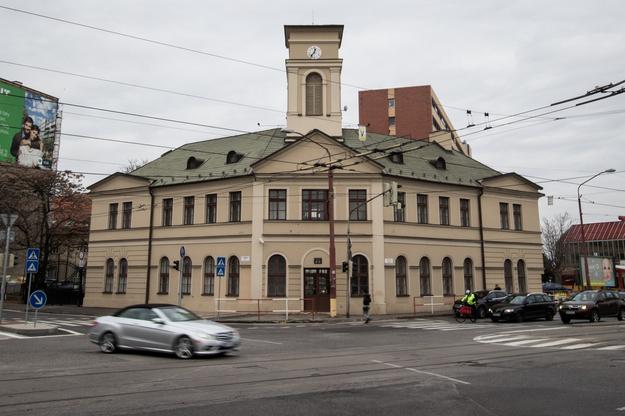 Building of the former horse railway (source: Sme )
Building of the former horse railway (source: Sme )
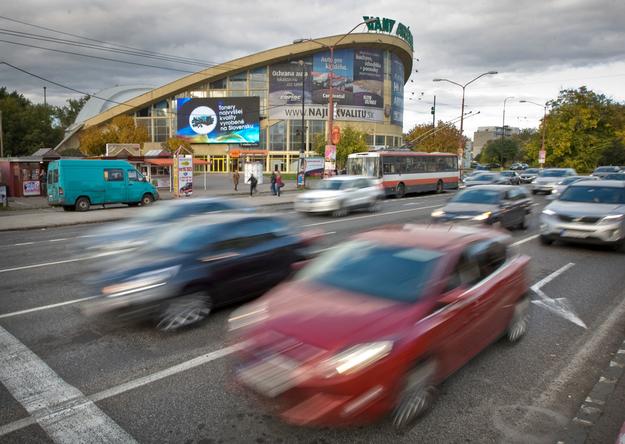 Sport hall Pasienky (source: Sme)
Sport hall Pasienky (source: Sme)
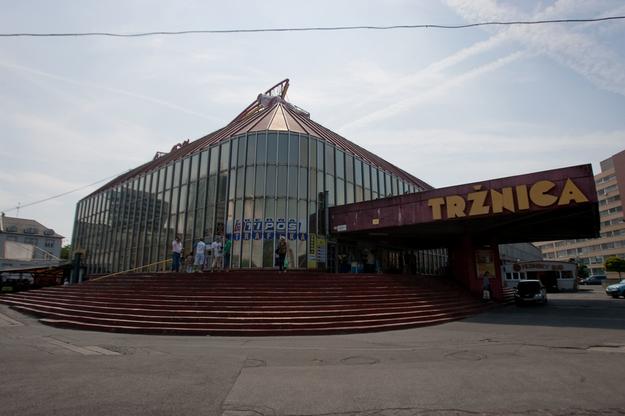 Market hall (source: Sme)
Market hall (source: Sme)
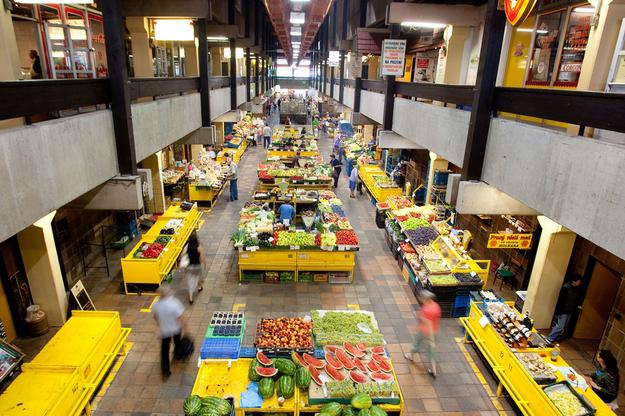 Market hall (source: Sme)
Market hall (source: Sme)
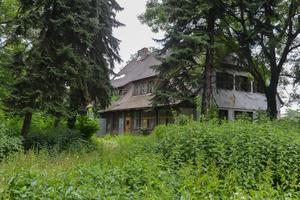

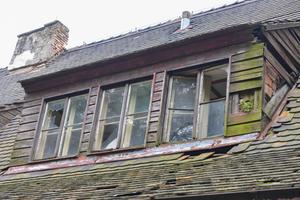
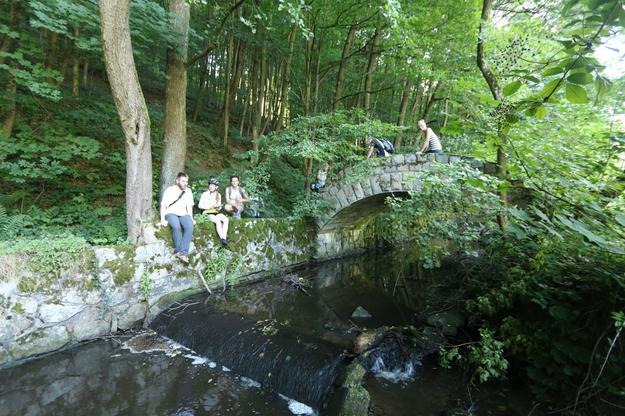 A romantic bridge in forests of Nové Mesto (source: Roman Kučera)
A romantic bridge in forests of Nové Mesto (source: Roman Kučera)

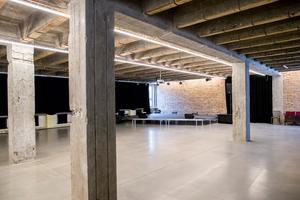

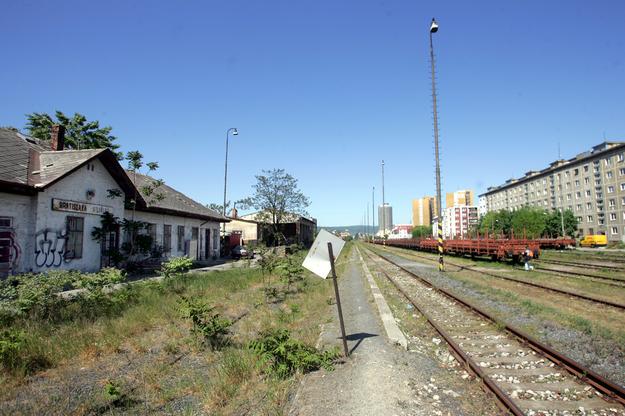 Filiálka (source: Sme)
Filiálka (source: Sme)